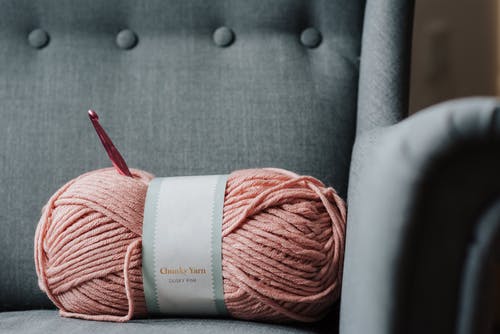The wide variety of styles and colors currently offered makes buying yarn for knitting one of the great things you can do. Choosing from everything woven when you enter a yarn store can be overwhelming. The decision of which color to use is the most enjoyable. But there is the issue of what to knit with specialty yarns that seem too delicate.
Choosing the Best Yarn for Beginners
If you want to buy yarn online in Canada, remember that if you knit with just one of the many fun fur, boucle, super-bulky, suede, mohair, or fun-fetti yarns, occasionally (but not always), the delicacy of the yarn may not be enough to look like anything sustainable.
Yarn Weight
The idea of yarn weights is among the most challenging for newcomers. The thickness of the strand, or yarn weight, is a great place to start when choosing a project. A finer weight is best for lightweight clothing and accessories, while a thicker, bulkier yarn is best for thicker, bulkier projects. You will achieve the correct density and drape in your finished project if you understand yarn weights.
Lace Weight Yarn
This is a very fine yarn (any yarn thinner than fingering weight is acceptable.) and performs best when used to create delicate, web-like items like shawls. Because blocking techniques significantly impact the finished piece’s size and structure, the gauge is more forgiving when using lace weight yarns. Use big needles (US 6 or larger) to create an open gossamer effect when knitting with large needles to create a tight, opaque fabric.
Fingering Weight Yarn
For socks, light sweaters, accessories, Fair Isle, or colorwork patterns, fingering weight yarn is frequently used. The weight of this yarn also referred to as “baby yarn” and also called sock yarn, is about twice that of lace yarn. Knitting needles of US sizes 1-4 are typically used for fingering weight yarns.
Sport and DK Yarn
There is a difference between sport weight and DK (double knitting) weight yarn, although the frequent confusion. Compared to DK weight yarn, sport weight yarn is a little bit lighter or finer. These weights suit sweaters, shawls, wraps, and mid-weight socks. Sport weight yarns are knit on US 3-5 needles, while DK weight yarns typically work on US 5-7 needles.
Worsted Yarn
The worsted weight yarn by Darn Yarn is the most widely used and accessible weight. Knitters of all skill levels should use woven yarn, twice as heavy as fingering yarn, and can be worked into almost anything. Worsted weight yarns are suitable for accessories and sweaters with a moderate density and are typically knit on US 6–9 needles.
Bulky Yarn
Worsted-weight yarn is roughly twice as thick as bulky yarn and four times larger than fingering-weight yarn. Bulky yarns knit up quickly on big needles, making them perfect for quick knits like cozy sweaters, felted items, throws, or home decor where structure and warmth are crucial. Knitting bulky weight yarns typically require US 10- or US 11-size needles.
Very Bulky Yarn
Making quick knits is ideal for very bulky yarn. Less than three stitches per inch allow you to knit accessories and other projects for the home in a few hours. Super bulky yarns’ thicker strands cause projects to knit up densely with big stitches, producing a distinctive effect and adding visual interest. Super bulky weight yarns are typically knit using US 15 needles.



